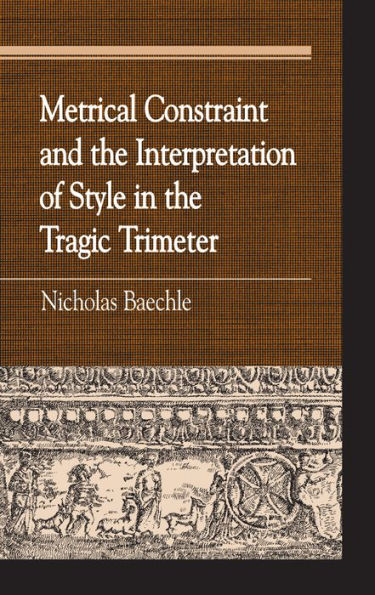Metrical Constraint and the Interpretation of Style in the Tragic Trimeter is an interpretation of the choices the Greek tragedians made in regard to certain forms of standardized variations in word order and prosody. Dr. Nicholas Baechle demonstrates that in their compositional practice the tragedians collectively decided to use certain prosodic variations to fit metrically intractable words and phrases. This book is grounded in metrical constraint and the mechanics of trimester composition, but also extends to a greater understanding of the stylistic sensibilities of the tragedians and of their feeling for the generic ethos of tragic dialogue. By means of comparisons with Aristophanes' general practice, and with paratragic imitations of tragic style, the distinctiveness of the style of tragic dialogue versus the rendition of speech in comedy is made clear. Metrical Constraint and the Interpretation of Style in the Tragic Trimeter offers a critical and sophisticated perspective on Greek drama that will appeal to anyone interested in language and classical studies.



